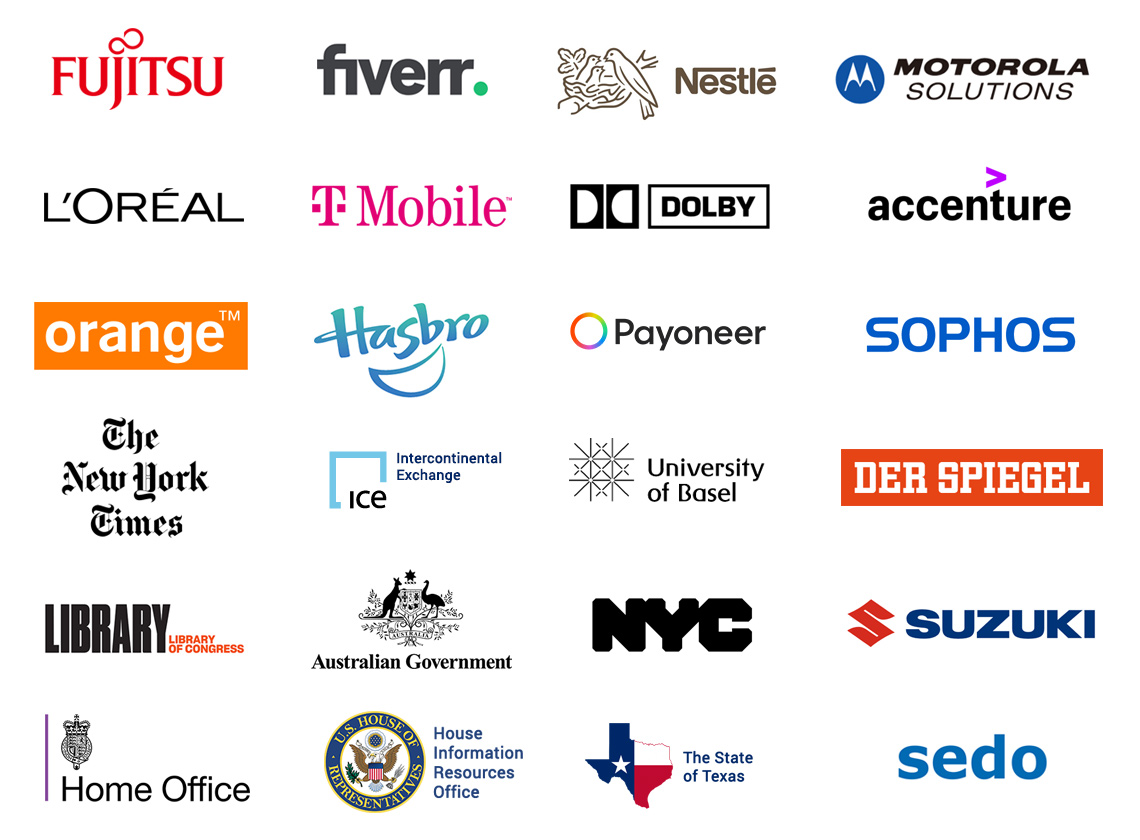TLDR: You can safely open URLs in a sandboxed browser via browserling.com/browse – my team and I built it! We run sandboxed browsers in an isolated network in virtual machines and stream just the browser window to you.
What Is a URL Sandbox?
A URL sandbox is a secure environment used to safely inspect, analyze, and interact with a URL without risking the primary system or network. The concept is similar to a software sandbox, where applications are run in isolation to prevent them from causing harm or accessing data they shouldn't.
How Does a URL Sandbox Work?
A URL sandbox operates by executing each URL within an isolated virtual machine, which is runs outside of the user's network, ensuring that any malicious content accessed by the URL remains segregated from the main infrastructure. Following the investigation, the virtual machine is purged, effectively erasing any potential malware that may have been downloaded during the session, thereby maintaining the integrity and security of the primary system.
What Are URL Sandbox Use Cases?
URL sandboxes are essential for detecting and mitigating online threats, including malware, phishing, and inappropriate content, and are used in email security, brand protection, cybersecurity training, incident response, and dynamic analysis of suspicious URLs.
Malware and Phishing Detection
URLs can point to malicious websites that distribute malware or engage in phishing. By analyzing a URL in a sandbox, one can identify these threats before they reach the user's system.
Email Security
Given that phishing emails often contain malicious links, a sandbox can be used to inspect these URLs before the recipient clicks on them, offering a layer of protection.
Content Filtering
Organizations might want to enforce policies on the type of content that can be accessed from their networks. URL sandboxes can be used to preview content and determine whether it aligns with organizational policies.
Ad Verification
In the digital advertising industry, a URL sandbox can be employed to verify the legitimacy of ad URLs, ensuring they don't lead users to malicious or inappropriate content.
Brand Protection
A URL sandbox can be leveraged to combat counterfeit websites selling fake products under a brand's name. By analyzing suspicious URLs in an isolated environment, it's possible to identify and take down these impostor sites, preserving the brand's reputation and ensuring customer safety. This proactive approach significantly reduces potential losses and bolsters trust among brand's clientele.
Education and Training
In cybersecurity training programs, a URL sandbox can be a controlled environment where students can safely explore the behavior of malicious URLs, learning how they operate without real-world risks.
Incident Response
In the event of a security incident, responders can use a URL sandbox to safely investigate URLs or domains associated with the incident without directly exposing their systems.
User-Generated Content Platforms
On platforms where users can post content, URL sandboxes can inspect links to ensure they're not leading other users to harmful sites.
Dynamic Analysis
Unlike static analysis that just looks at content without executing it, a URL sandbox may actively load the URL to see what kind of behavior it exhibits. This can reveal malicious activity that only occurs when the website is visited.
Browser and Web Application Testing
Before implementing new features or changes in web apps, developers can test these them in a sandbox to ensure they work well and don't contain bugs.
Zero-Day Threat Detection
Some malicious URLs may exploit zero-day vulnerabilities (previously unknown vulnerabilities). Sandboxing can detect unusual or suspicious behavior, even if the specific threat is not yet known.
Forensics
After analyzing a URL, a sandbox can provide detailed reports on what was observed, which can be valuable for security researchers and IT professionals.
What Is Browserling?
Browserling has streamlined the URL sandbox technology, making it accessible to both technical and non-technical users. It provides a secure and user-friendly platform to browse and test websites across different browsers and operating systems, ensuring compatibility and safety from online threats.
Who Uses Browserling?
Browserling has now become the URL sandbox of choice for opening unsafe links and attachments and it's used by hundreds of thousands of users around the world every month. Browserling's customers include governments, states, cities, banks, stock exchanges, universities, newspapers, Fortune 100, Fortune 500 companies, and private multi-billion dollar companies.

Conclusion
In summary, a URL sandbox provides a protective layer, ensuring that potentially harmful URLs can be investigated without jeopardizing the main system or network. This capability is crucial for maintaining cybersecurity and preventing the spread of malware, phishing attacks, and other online threats.
Browse safe!
